The Case of Successful Filtration and Oil Analysis Implementation
Brett Winberg, Schmid Oilfield Services, www.noria.com
Case Notebook
Snuggled in the hills and plains of Wyoming, Schmid Oilfield Services set-up shop. Schmid is an aggressive oil field construction company operating more than 75 pieces of Caterpillar® equipment and more than 200 pickups and trucks serving most oil field needs. Schmid’s core business consists of building oil drilling pads, pipeline construction, fabricating wells, pipe cleaning and many other requested jobs. Considering the conditions and environment in which the equipment typically works, maintenance is a full-time job at Schmid.
It all started at a meeting with a filter representative to select a single filter brand for the entire fleet. The brand currently in use posed problems, specifically with oil pressure and engines that were failing before scheduled rebuilds. Schmid tried to stick to an engine oil drain interval of 250 hours for all Cat equipment, and 10,000 miles for over-the-road trucks, but keeping up with this schedule proved difficult for those involved.
Following this meeting, a professional consultant visited Schmid to determine if the right oil and lubricants were being utilized to meet maintenance goals. After much testing and analysis, the consultant determined that the oils in use were not as high quality as the company originally thought. With hard work and determined mechanics, every piece of equipment and every truck was changed over to the new brand of oil and the company seemed to have fewer lubrication related problems. Still, large amounts of money were poured into repairs and the desired results were not fully achieved.
Just the Facts Please
Schmid’s operations manager of maintenance, Brett Winberg, attended an oil analysis seminar about three weeks before a final maintenance decision was made. Winberg knew something needed to change in his maintenance program and the seminar introduced him to proactive maintenance and condition-based monitoring.
When he returned to the office, Winberg shared what he’d learned with the rest of the maintenance team. Although most of the team had heard of proactive maintenance and condition-based monitoring, most had never actually tried it. To test the concept, the team decided to try off-line filtration on one IT18 loader that usually required an engine oil change between 100 and 150 hours because of excessive soot loading and base number (BN) depletion. In addition, Schmid significantly improved and upgraded its oil analysis program, selecting a high quality lab to perform its oil analysis. The first sample was collected from the IT18 loader 100 hours after a routine oil change, and after the new off-line filtration system was installed. Based on the lab results, the oil sample was good, so the oil was not drained. Another oil sample was drawn at 250 hours.
“We didn’t believe what we were seeing,” said Winberg. “The BN was still above average and our soot level was 0.3 percent, well below typical condemning limits. We decided to run another 150 hours on the same oil, but realized our filters should be changed every 200 hours.”
“At 400 hours we were amazed; the BN was still within limits and the soot was 0.4 percent. This was great! Usually our soot levels ran 1.6 percent at 150 hours. We saw less smoke coming out of the stack without performing an oil change. So we decided to push for 500 hours . . . 600 hours . . . 800 hours. We were in shock,” he continued. “We kept an eye on wear metals and watched the condition of our oil stay in great shape. Oxidation was good, BN was great and the soot levels were unbelievably good.”
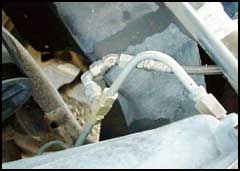
“ We finally decided to change the oil at 1,000 hours for security reasons. Now, with more than 13,000 hours clocked on this loader, we have not done any major engine repairs – and this loader works everyday,” said Winberg.
With these test results in mind, the company targeted other equipment, from scrapers to track-hoes to dozers. The new off-line engine oil filtration system was installed on most of the Cat equipment and oil samples were taken every 250 hours to monitor engine and oil condition.
The next step for Schmid Oilfield Services was to evaluate pickups and over-the-road trucks. Schmid installed off-line filters on a pickup truck engine that traveled across the state almost every day since there never seemed to be enough time to perform day-to-day maintenance.
Then it happened: a 1996 Ford 1-ton with E4OD transmission lost overdrive.
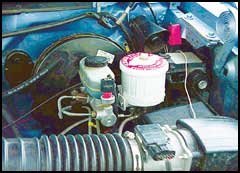
“ While driving down the road the transmission just up-shifted and never down-shifted the rest of the trip,” Winberg said. The price of a new transmission was a sensitive issue for the company when faced with insufficient time to change it out (Figure 1). A meeting was held with the mechanics and they suggested installing a similar off-line filter on the transmission. Realizing the great success with off-line filters on Caterpillar engines and hydraulics, the company decided to try it on the Ford pickup E4OD transmission. A few ideas were exchanged over the hood with wrench in hand, and the team figured a way to install the filter on the transmission. The filter was installed with approximately 61,000 miles on the truck.
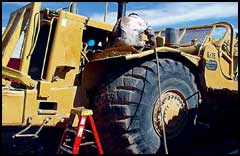
Thirty-five hundred miles later, the truck was en route to a job across the Opal Flats hauling a work trailer. Suddenly, the truck shifted into overdrive. The driver was concerned the truck might not make it to the job site. Fortunately, it arrived safely and on time. When the truck returned to the shop, the old filter was found to be dark black, with lots of small particles and metal shavings clearly visible. Winberg removed and replaced the filter that day. The truck was back to normal operation once the filter was replaced. The sudden overdrive shift was a direct result of the filter starving the machine. The filter was collecting so much debris, oil had a difficult time passing through the filter. Today, this truck has more than 149,000 miles with the same transmission and the same oil, just new filter elements every 10,000 miles for the transmission and 5,000 miles for the engine (Figure 2).
All In a Day’s Work
In the eight months since switching oil brands, installing off-line filters and ramping-up its oil analysis program, Schmid has noticed that lubricant and maintenance costs have gone down. In particular, new oil and filter purchases and disposal costs have been significantly reduced.
When this program started, everyone wondered if it would be cost-effective. “Our mechanics said ‘we sample every 250 hours and 10,000 miles on the engines and never seem to see a big change,’” Winberg said.
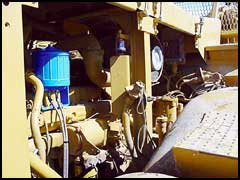
The day it all began to fall into perspective was when high levels of potassium and positive glycol were reported on a scraper engine oil sample. Taking the lab’s advice, mechanics resampled the engine at 100 hours with the same results (Figure 3). The equipment was immediately shutdown and inspected to determine the root cause, which was found to be a blown head gasket. The repair bill for the head gasket was $400 and saved a $15,000 engine, all because of oil sampling (Figure 4).
“Since then, we have added training programs for mechanics and operators to ensure the oil sample is pulled properly and have installed different sample ports on most of the equipment to ensure that a clean representative sample is collected each and every time,” said Winberg.
Schmid has now implemented a program covering all of the equipment – from engines to final drives. As a result, Winberg said that Schmid has reduced both downtime and new oil purchases with this proactive maintenance approach – all because of a simple 4-oz. bottle of oil and aggressive contamination control.
Related Articles
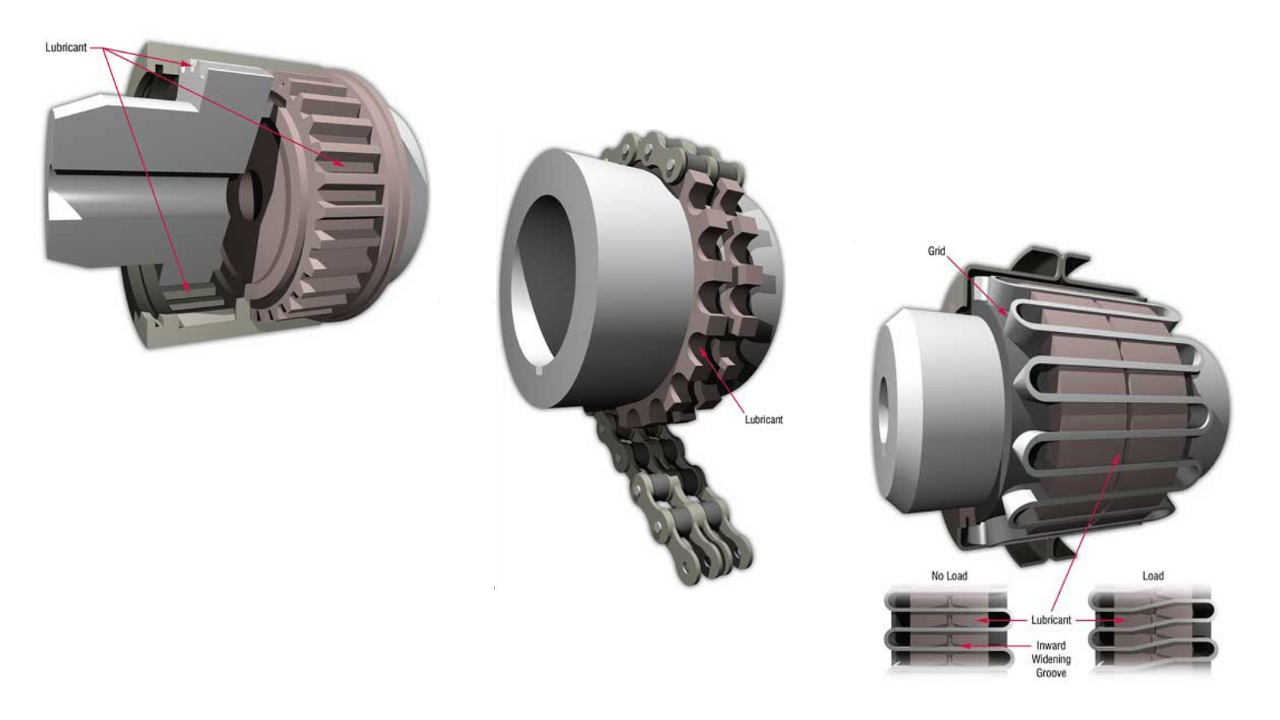
The Lubrication Requirements of Couplings

The Building Blocks to Creating an Effective Lubrication Program

Does Lubrication Belong in the CMMS?
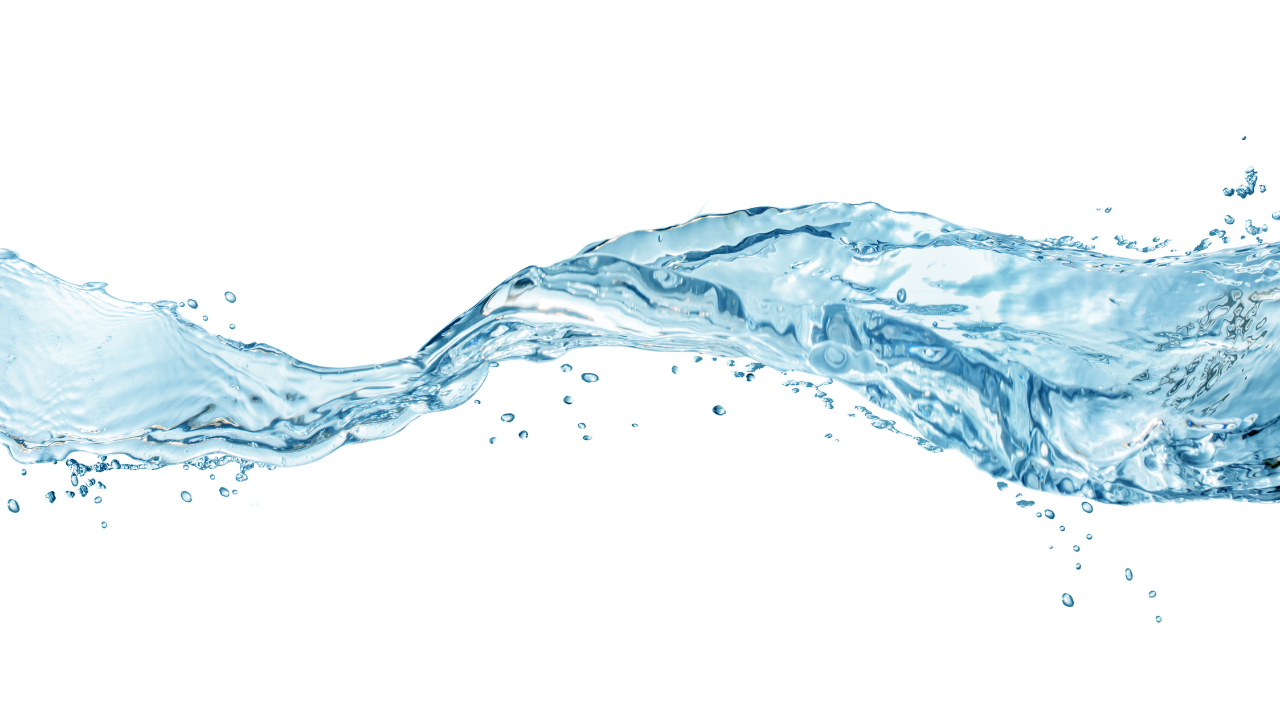
Water Contamination
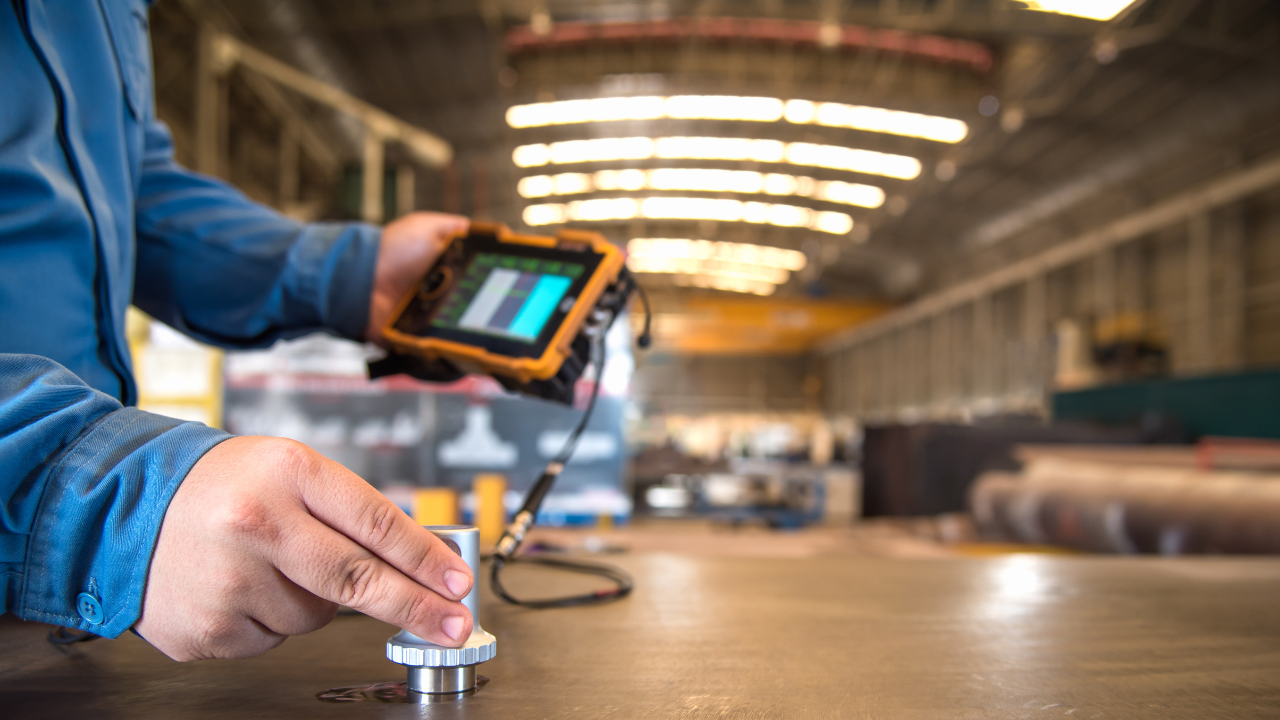
Ultrasound for Better Lubrication

Top Ten Ways Not to be World Class at Machinery Lubrication




